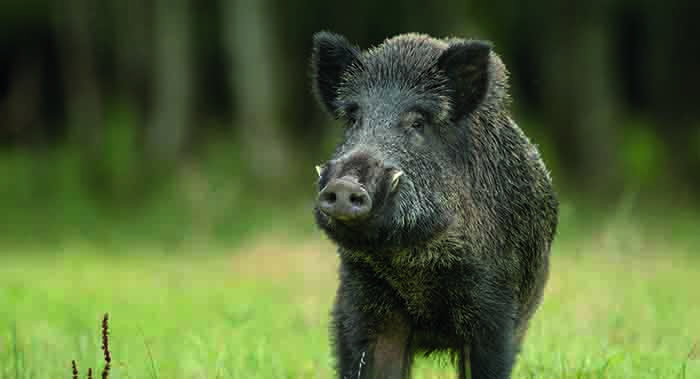In his latest Eastern European update, Russian journalist Vladislav Vorotnitkov examines the lasting effect of African swine fever on the region’s pig industry
African swine fever (ASF) remains a pressing issue for pig farmers in Eurasia. In Eastern Europe, where the disease has been present for more than a decade, there is no respite on the horizon – all the affected countries face different problems.
EXPENSIVE PORK IN BALTIC COUNTRIES
Since the beginning of 2019, pork prices in Estonia have jumped by 40% on average, according to meat producer HKScan Estonia, with the average cost of pork purchased by meat-processing plants in the country now 50% higher than it was in January.
This is being driven by the overwhelming volume of pork exports from the EU, specifically from Germany and Spain to China, which has been inflating global prices. Although there hasn’t been a single ASF outbreak in Estonia since 2017 and only a few in neighbouring Latvia and Lithuania, all countries in the region have had to shut down almost all backyard farms, leading to supply shortages.
CHEAP PORK IN RUSSIA
But in Russia, there are signs that the domestic pig industry is suffocating because of an oversupply crisis, which was also triggered by ASF. Average prices have slumped by as much as 20% since the beginning of the year and an additional 3-5% decline is anticipated in 2020, Sergey Yushin, chairman of the National Meat Association estimated.
Pork prices in Russia have been gradually falling since 2016 and have reached all-time lows. It’s predicted that every second pig farm may become loss-making in 2019. Some relief may come from increases in domestic demand, but the only way to prevent further losses will be to establish more export trade, pig farmers believe.
During the first nine months of the year, Russia exported 73,000t of pork and by-products, 9% up on 2018, yet well below government expectations. Continuing ASF outbreaks mean Russia is not allowed to export to the most attractive markets, such as China.
EXTINCTION IN UKRAINE?
The Ukraine Livestock Industry Association (UKLA) recently appealed to the national parliament asking it to excuse all farmers who had to cull their pigs because of ASF from paying VAT on the dead animals. Irina Palamar, chairman of the body, warned that pig population could fall by 20%.
Production is already in decline, down by 9.3% in 2018 compared to 2017. In total, more than 500 outbreaks have been registered in Ukraine since 2012, with 300,000 pigs culled, state veterinary watchdog Gosvetphitosluzba estimated. Overall losses may climb to UAH7.5 billion (£235 million).
Although the number of outbreaks fell in 2019, the picture remains bleak. Earlier this year, the UKLA warned that ‘the pig industry in the country may be extinct in two to three years’.
ASF EAST OF URALS
2019 was the year when ASF finally gained a foothold in the Russian Far East – the last frontier the country previously considered ASF-free. The first outbreaks were registered near the Chinese border, and the Russian veterinary body Rosselhoznadzor issued a warning that China was posing a threat to Russia in terms of ASF spread.
There are concerns that it may spread further to Kazakhstan – a predominately Muslim country, where the pig industry has recently set its sights on exporting products – and then to Mongolia. There are also concerns the Far East may experience temporary pork shortages since a large number of farms have closed.




